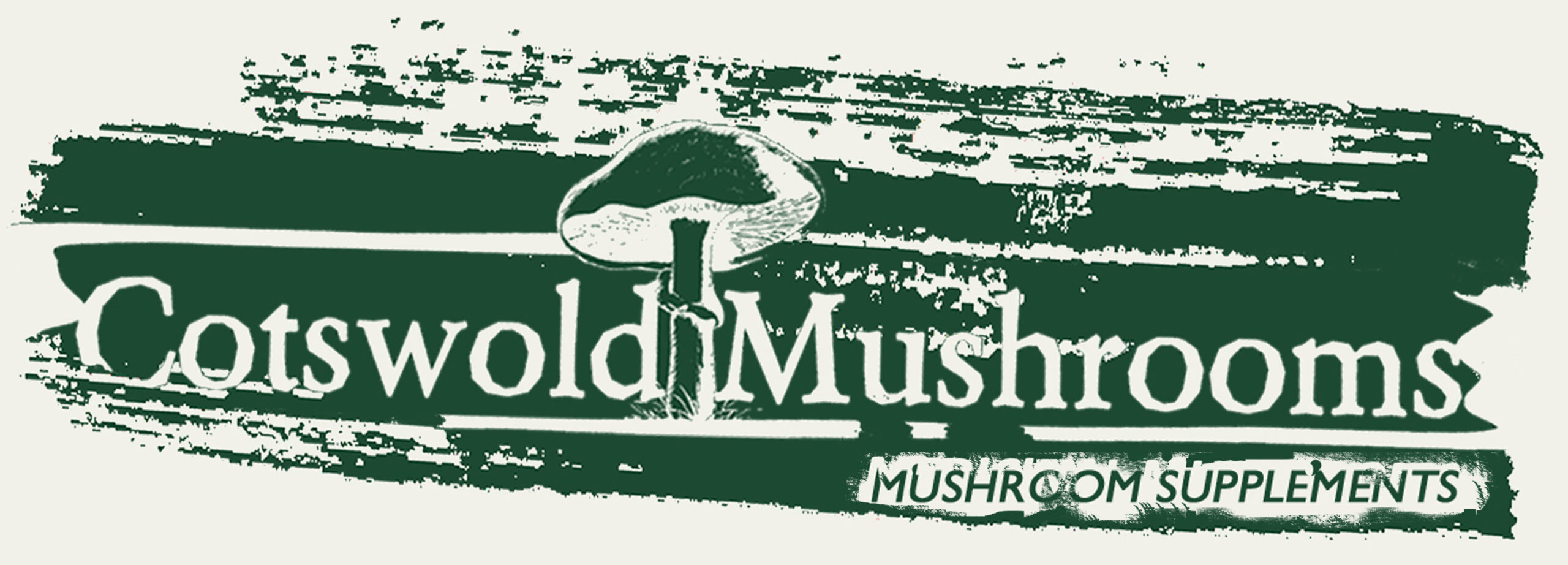Due to the numerous active compounds found within certain mushrooms they can add nutritional and health supporting value to our diets as food on a plate or via supplementation. These qualities found within mushrooms has led to them often being referred to as ‘finctional mushrooms’ falling under the umbrella term of nutraceuticals.
But how do mushrooms acquire the active compounds?
I’m sure you have heard of the term “wood wide web”. A phrase used to describe the interconnecting mycelial network which runs underneath the woodland floor and links mushrooms with trees and plant like a vast web.
What you may not know is that this mycelia network is not passive but in fact highly active like a subterranean highway passing biochemical information between mushrooms and flora.
This symbiotic relationship between mushroom mycelia and plants not only helps exchange food it also communicates to tell the mycelium to produce or transport protective enzymes and compounds to help a plant under attack from insects or a tree blighted by infection.
Mycelium and roots

Mycelium consists of an interconnected grid of millions and millions of one cell tick hyphae that surround, hug and interconnect with plant and tree roots.
A single mushroom mycelium network can run for many square miles interacting with and sharing with hundred of thousands of vegetation along the way.
However, a single cell thickness also makes the hyphae extremely vulnerable to infection and attack from bacteria, viruses and other disease-causing pathogens found within the soil and infected plant life.
Over millions of years of evolution the mushroom mycelium has formed a staunch relationship with trees which in turn have had many millenia to adapt to changing environments, develop disease fighting enzymes and biochemical defence mechanisms to keep the tree strong and healthy.
Of course, the fact that mycelium is intimately connected to trees via their roots means that the very same disease fighting enzymes and chemical defences also run throughout the wood wide web.
In fact, if a tree is under attack from a pathogen, signals are sent via the mycelial network to surrounding trees which stimulate the production of defensive compounds within those trees.
However, the mycelium is not solely reliant of the biochemical protection from trees because it can produce and share its very own arsenal of active compounds to help protect itself from pathogens.
It is through the evolutionary response to pathogenic threat leading to the production of multiple potent disease fighting compounds that both mycelium, plants and trees can prevent, protect and fight against disease.
These active compounds can be found in high quantities within mushroom mycelium and the mushroom fruiting body which we then consume via edible mushrooms and/or mushroom supplements.
-
Product on sale
 BookOriginal price was: £14.99.£9.99Current price is: £9.99.
BookOriginal price was: £14.99.£9.99Current price is: £9.99.

